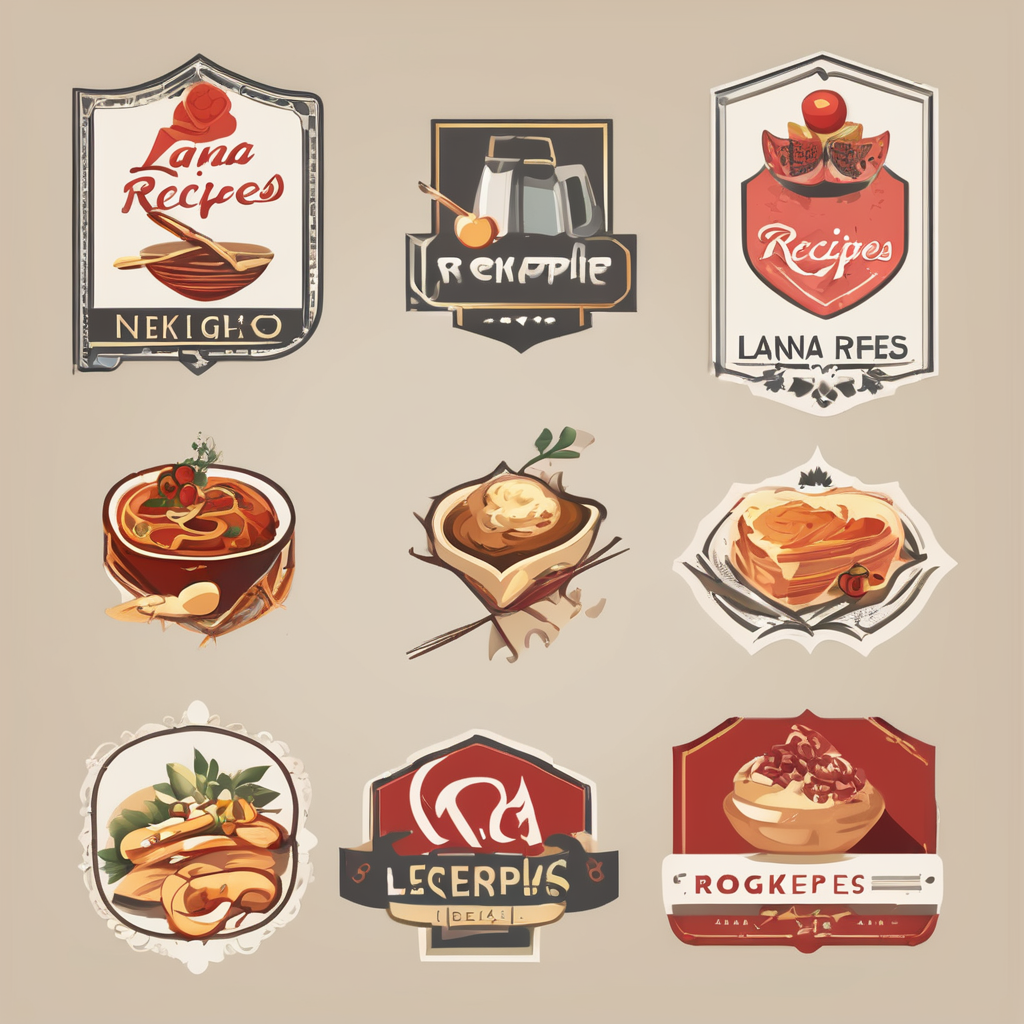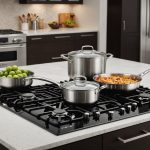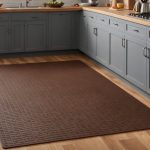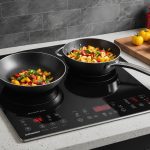In today’s world, food waste is a pressing issue that affects our environment and economy. Properly organizing your pantry not only helps you reduce waste but also promotes a more sustainable lifestyle. This article outlines the best practices for organizing your pantry, ensuring that you utilize your food efficiently and minimize unnecessary waste. Let’s delve into effective strategies that can transform your pantry into a well-ordered, waste-reducing hub.
Assessing Your Current Pantry Situation
Before diving into the organization process, it’s crucial to assess your current pantry situation. Take a thorough inventory of what you have. This step involves checking expiration dates, removing expired items, and noting which foods are often overlooked. As you sift through your pantry, categorize items into groups: grains, canned goods, condiments, snacks, and so forth.
Understanding what you have allows you to make informed decisions about future grocery purchases. You might find that you have an abundance of certain items, like pasta or canned beans, which means you can plan meals around them. By tracking what is on hand, you will avoid buying duplicates and prevent food from sitting idle until it reaches its spoilage point. Additionally, consider the layout of your pantry. Are frequently used items easily accessible, or are they buried behind less-utilized products?
Creating a list of items that tend to go to waste can help identify patterns in your shopping and eating habits. Perhaps you tend to overbuy fresh fruits or vegetables that you don’t use in time. Recognizing these trends is essential for adjusting your purchasing habits. Once you have a clear picture of your pantry’s contents, you can move towards an organized system that prioritizes visibility and accessibility, essential for reducing food waste.
Also read : The complete handbook for choosing the ideal popcorn machine to enhance your movie night experience
Organizing with the FIFO Method
One effective strategy for pantry organization is the First In, First Out (FIFO) method. This concept, prevalent in food service industries, encourages you to use your older items first, thereby reducing spoilage. The principle is simple: place newer items behind older ones, ensuring that you consume the older products before they expire.
Implementing FIFO in your pantry can be as straightforward as dedicating specific shelves or sections for older items. For instance, if you have two cans of tomatoes, one expiring soon and another with a later date, place the older can at the front of the shelf. This practice not only helps in minimizing waste but also streamlines meal preparation since you’ll know which items require immediate attention.
Moreover, labeling is a powerful tool in this method. Use clear labels with expiration dates on jars and containers. This practice makes it easier for everyone in your household to understand what should be used first. In addition, regularly checking your pantry to adjust placements and replenish stock will keep your FIFO system running smoothly. Over time, you will develop a keen sense of what to use first, ensuring that your food gets consumed and not thrown away. By embracing FIFO, you are likely to notice a significant reduction in expired goods cluttering your pantry.
Creating a Visual System for Your Pantry
Visual organization is key to maintaining an efficient pantry. When items are visible, you’re less likely to forget about them, which often leads to waste. Start by considering clear containers for dry goods like flour, sugar, and grains. These not only keep food fresh but also allow you to see how much you have left at a glance.
Additionally, grouping similar items together can make finding what you need quicker and easier. For example, keep all canned goods on one shelf, snacks on another, and baking supplies together. Using baskets or bins can help keep smaller items organized, preventing them from getting lost in the back of the pantry. Labeling these bins also adds to the visual appeal and enhances functionality—everyone in the household will know where to find (or put away) items.
Creating a visual system might also involve using tiered organizers for smaller bottles and jars. Keeping these items on display rather than stacked can help you avoid double purchases of items that are hidden at the back. Regularly revisiting your pantry organization and adjusting your system according to changing food stocks and preferences will ensure that your visual layout remains effective. By prioritizing visibility, you enhance your cooking experience, reduce waste, and maintain a tidy pantry.
Implementing a Meal Planning Routine
Establishing a meal planning routine is an excellent complement to pantry organization. By planning meals in advance, you can ensure that you use what you already have, reducing the temptation to buy more food than necessary. Start by setting aside time each week to plan your meals. Review your pantry inventory to incorporate ingredients you need to use before they spoil.
Meal planning allows you to create a shopping list based on what you intend to cook, which minimizes impulse buys and excess food. Consider batch cooking meals that can be frozen and used later, especially those that utilize ingredients that are nearing their expiration dates. This method not only reduces waste but also saves time on busy days.
Additionally, be realistic in your planning. If you know your family prefers quick meals during the weekdays, focus on recipes that can be prepared in 30 minutes or less. This ensures that everyone is more likely to stick to the meal plan, ultimately leading to less wasted food. Finally, involve your family in the planning process; this encourages everyone to participate in using up pantry items, making it a collective effort to reduce waste.
Organizing your pantry to reduce food waste is a multifaceted approach that involves intentional planning and consistent habits. By assessing what you have, implementing FIFO, creating a visual system, and planning your meals, you cultivate an efficient pantry that supports a sustainable lifestyle. These practices not only help reduce waste but also enhance your cooking experiences, making meal preparation enjoyable and less stressful. As you adopt these strategies, remember that small changes can lead to significant impacts over time. By taking the initiative to organize your pantry, you contribute to a larger effort in fighting food waste and promoting sustainability.











